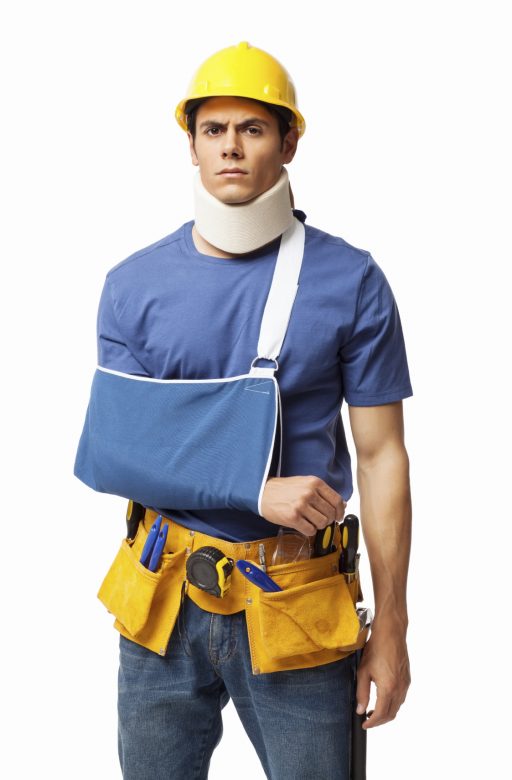There is a great deal of information around the importance of human factors training and personal safety in the workplace. But what role should personal safety play in corporate health and safety programs? A significant one.
When Deric Ostrum, one of SafeStart’s newest consultants, was first introduced to SafeStart he was working as an EHS manager at a food manufacturing facility and the personal aspect of the training really struck a chord with him. “I had always been looking for a way to improve my employer’s safety culture,” he says. “I also wanted a way to implement my own creed of ‘Making Safety Personal’.”
Deric believes there is no better motivator than making safety personal. In his experience, discussing safety outside of the workplace can have a great personal impact on the workers and it is a great way to truly engage them. Making safety personal can take a number of forms, from talking about common sources of injury at home to providing resources for workers to keep their families safe.
It can also make employees safer at work. Deric has seen the positive effects of encouraging employees to view safety as something that is relevant not only at work but at home and on the road too, including the following:
- Very rarely do people take their work home with them, but when someone is hurt at home they often take their injury to work with them. Making safety personal will get them thinking about risk 24/7, cutting down on injuries at home and reducing employee absenteeism as a result.
- When people are engaged and accountable for their own personal safety, injuries go down in the workplace. As an EHS manager, Deric saw his workplace go from 33 recordables in 2011 to 10 recordables in 2012 after SafeStart was implemented.
- If employees learn to use personal awareness safety concepts to address human error and make these concepts part of their daily routine, not only will the company notice injury reductions but there will be a tremendous decline in other numbers as well, from customer complaints to equipment damage. This also provides additional value for the worker because reducing errors not only lowers the risk of injury but it also decreases the amount of time and money they waste due to mistakes, from DIY projects at home to misplacing their keys.
- If you provide workers with applicable knowledge and skills they can teach their family, they will solidify their own knowledge and skills, which will make them safer at work and home.
Despite these benefits, many employers still have a gap in their workplace safety program when it comes to making safety personal. Offering 24/7 safety skills through training like SafeStart can benefit any health and safety program. But even once training is complete, it’s important to continue making safety personal for employees. When preparing the next safety presentation, presenters must ask themselves: what can I say and do to help employees make safety personal?

